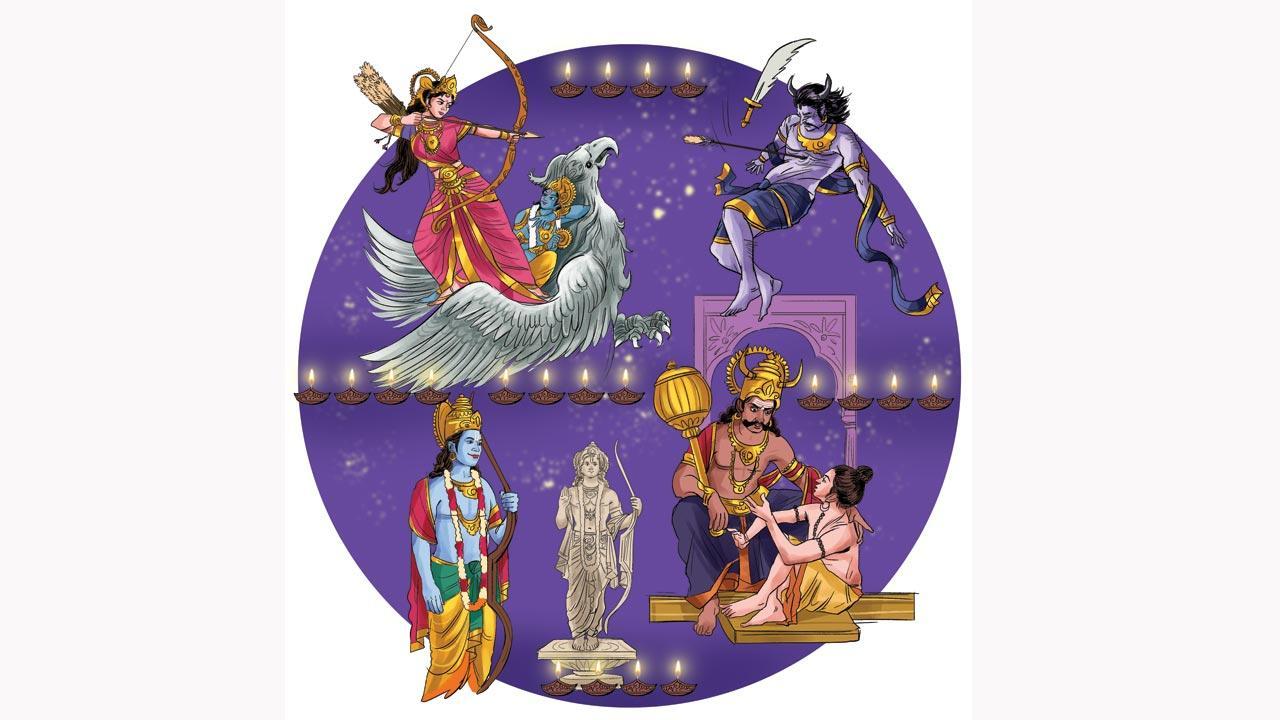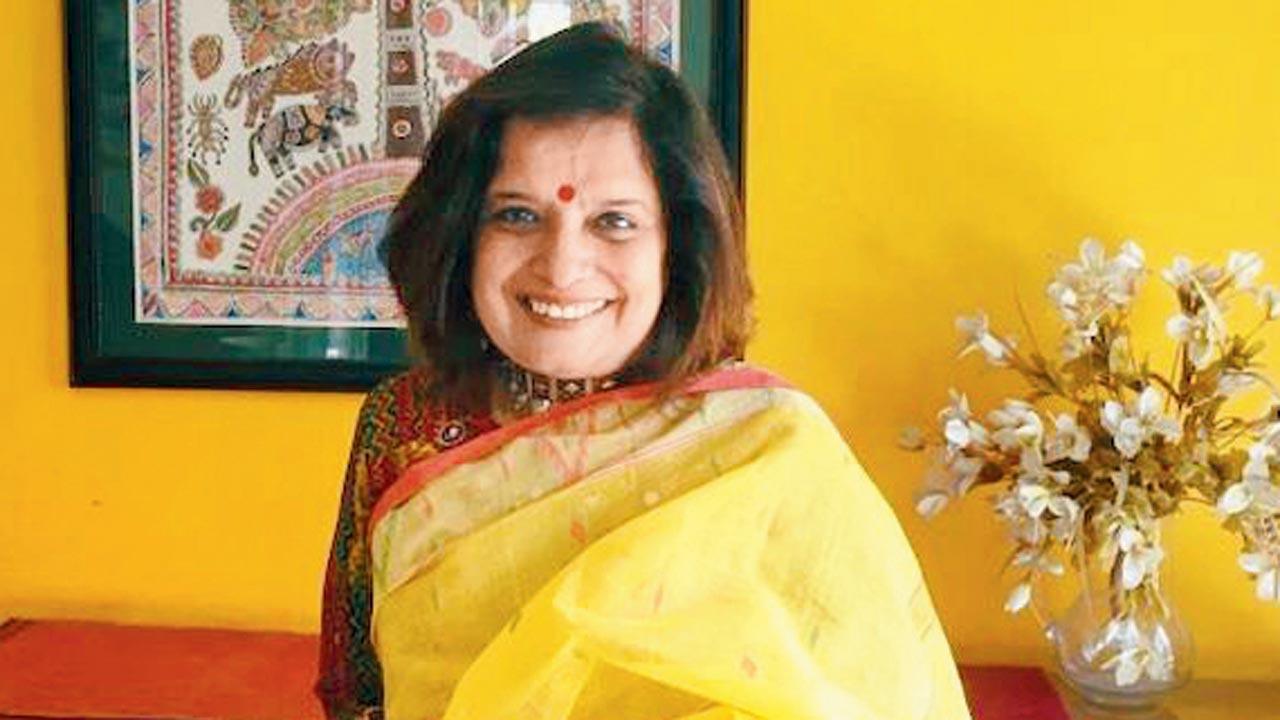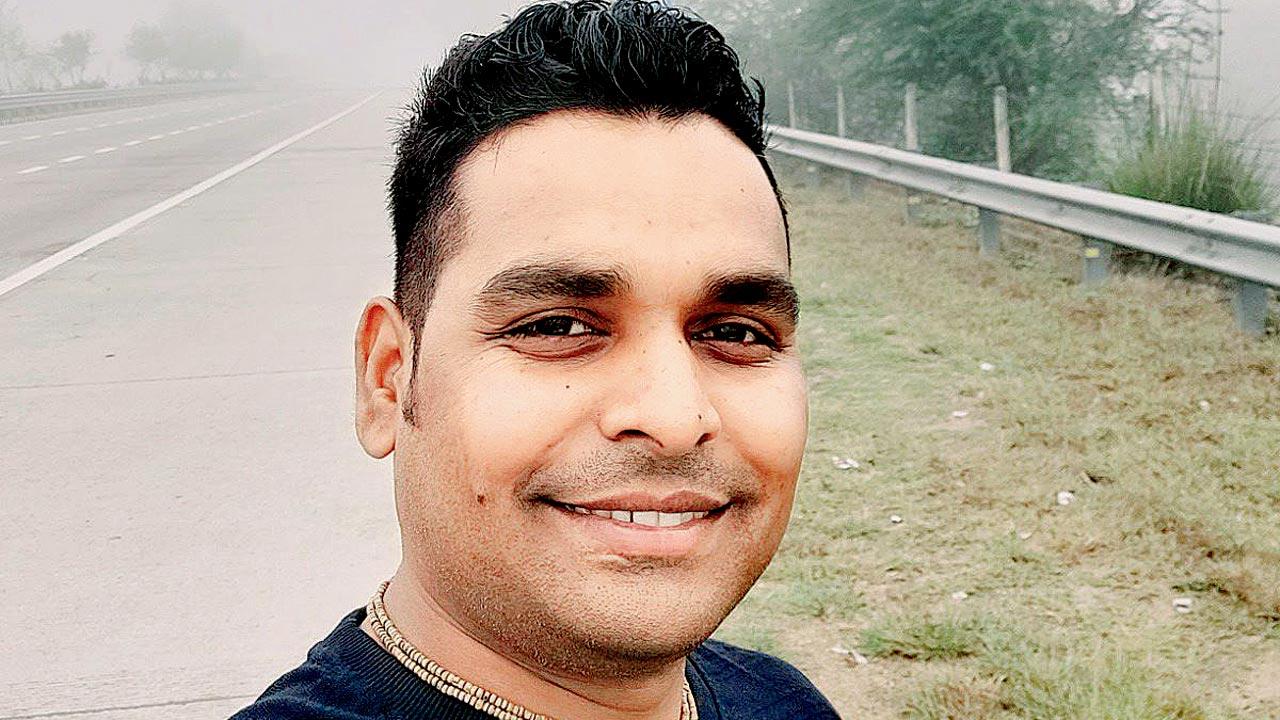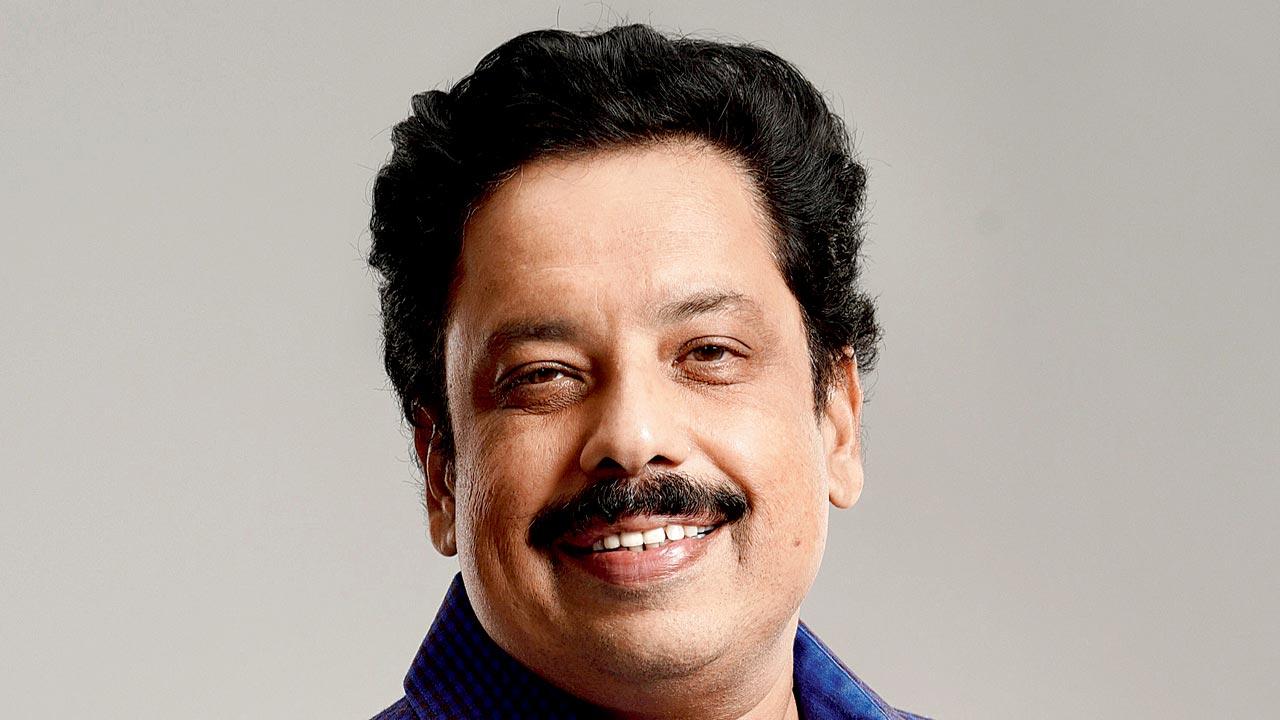Who better than mythologists and authors to narrate little-known stories from the myths surrounding the largest Hindu festival

Illustration/Uday Mohite
Kavita Kane
Author of Sita’s Sister, Karna’s Wife: The Outcast’s Queen and other titles
Krishna, Satyabhama do a Mr & Mrs Smith
How many know that on Narak Chaturdashi, Narakasura was killed by a woman? A beautiful, clever woman—the fiery Satyabhama, wife of Krishna, who helped her in her mission by being her saarthi, leading his Garud in the ensuing war. Narkasura, the son of Vishnu’s boar avatar Varaha and earth goddess Bhudevi, was blessed by Brahma’s boon that he could be killed only by his mother. Riding on this boon, he soon became the unvanquished emperor of the three worlds, subjugating kings and imprisoning 16,000 princesses of the defeated kingdoms. And he dared to steal the precious earrings of Aditi, the mother of Indra and the devas, prompting an enraged Aditi to approach Krishna for help. Krishna, aware that Satyabhama was a reincarnation of Bhudevi, knew she was the only one who could kill Narakasura.

In the battle of Prayagjyotishpur, Narakasura attacked Krishna and rendered him unconscious. Furious, Satyabhama killed him, ridding the earth of his terror. As he lay dying, he begged his mother for a blessing: that the world remember him with joy, not hate. While Krishna released the imprisoned princesses, Satyabhama promised him that the day of his death would be celebrated with joy and jubilation.
What the day also celebrates is gender equality. While Narak Chaturdashi commemorates death and destruction, it subtly illuminates how cooperation and collaboration make for the perfect marriage and partnership: The day when a man and a woman come together to fight a battle and win a war.
As he lay dying, he begged his mother for a blessing: that the world remember him with joy, not hate.
Utkarsh Patel
Lecturer, founder of The Mythology Project, author of Shakuntala: The Woman Wronged
The Brahmin cleanfluencer
Bhoot Chaturdashi is celebrated on the eve of Kali puja or Diwali, a day when Bengalis and people from the eastern region of India light 14 earthen lamps at their doors to guide the spirits of 14 generations of their forefathers (Choddo Purush) home and ward off evil spirits. Every dark corner of the house is illuminated. On this day, as the veil between the living world and the afterlife thins, the spirits of our ancestors roam around us. But, with them also come the uninvited dark forces. So, believers perform a series of rituals to prevent them from entering their homes.

On Bhoot Chaturdashi, people clean their houses, light lamps and consume 14 green vegetables or shaak, in the belief that evil will not possess them. Children are engaged in activities to keep them safe.
There are many fables. According to one, Bhoot Chaturdashi started with a lazy brahmin. He and his wife never tidied their house, and so, in the garbage that accumulated, ghosts came to live. One day, they got the shock of their lives on seeing a spectre rise from a pile of trash. They cleaned their home, and purified it by sprinkling water of 14 kinds of leafy greens around the house.
On this day as the veil between the living world and the afterlife thins, the spirits of our forefathers roam around us.
Neeraj Sharma
Publisher and author, Ramayana: A Brief Retold Version of True Indian Mythology
Rama’s hat tip to the artisan’s craft
IN the midst of the grandeur of Diwali, amidst the dazzling lights and joyful celebrations, there exists an unsung tale, often overlooked. It takes us back to Ayodhya, where Diwali’s spirit was born. This lesser-known story revolves around a commoner named Govardhan. Govardhan was a humble soul who earned his livelihood by sculpting beautiful idols of Lord Rama. As the festival of Diwali approached, he was passionate about creating an idol that would capture the very essence of the Lord. Every stroke of his chisel echoed his devotion.

He worked tirelessly day and night, putting his heart and soul into the creation. When the idol was finally ready, it radiated an inexplicable divine aura, captivating everyone who laid eyes on it. As Diwali arrived, Govardhan offered his masterpiece in prayer.
The uniqueness of this story lies in the belief that on Diwali night, Lord Rama himself visited Ayodhya and chose Govardhan’s idol as the symbol of divine light. It was this idol that Lord Rama carried with him through the city, enlightening the lives of all who beheld it. This story conveys the idea that true devotion and artistry can illuminate lives, even in the darkest of times.
Govardhan worked tirelessly day and night, putting his heart and soul into the creation. When the idol was finally ready, it radiated an inexplicable divine aura, captivating everyone who laid eyes on it
Anand Neelakantan
Screenwriter, author of Asura: Tale of the Vanquished; Bhoomija: Sita
Pop and son spat spurs debate on Maya
Though there are countless legends about Deepavali, one of the oldest ones, that predates Ramayana and Mahabharata is the tale of Nachiketas. Nachiketas was the son of Sage Vajrashravas. He was only 16 when he witnessed a strange episode. His father was performing a yagna and as part of the ritual, he was giving away daan or charity. Though the father had often advised his son about the importance of detachment, he was very miserly. Nachiketas understood that his father was still attached to material things. Nachiketas questioned his father and remarked that one should give away what one loves most. Sage Vajrashravas lost his temper. He said that since he loved his son the most, he will send him away. Nachiketas insisted that this is the right thing to do. In the heat of the argument, Vajrashravas said he was giving Nachiketas to death. Once he had uttered these terrible words, Vajrashravas knew he had committed a grave mistake. But there was no going back and his son went in search of death.

Since it wasn’t his time to die, the lord of time, Yama—also known as Kala—was not ready to receive him. Nachiketas stood at the doors of death until Yama was forced to meet him. He advised him to go back to life, but Nachiketas wanted to know the meaning of life and death. In one of the most fascinating chapters of Kathoupanishad, Yama and Nachiketas debate on life, the nature of the world, illusion, the cycle of birth, life, death and rebirth and the path to be liberated from the web of illusion created by time. Yama advised Nachiketas on understanding the ultimate reality, cutting across the layers of Maya. And on Deepavali, celebrated on the darkest day of the year—Amavasi of the Karthik month— lamps are lit to show the illumination of Brahma Vidya, the lesson of ultimate reality that the God of time imparted to Nachiketas. Of all the legends associated with Deepavali, this most ancient one is my favourite.
Once he had uttered these terrible words, Vajrashravas knew he had committed a grave mistake. But there was no going back and his son went in search of death.
 Subscribe today by clicking the link and stay updated with the latest news!" Click here!
Subscribe today by clicking the link and stay updated with the latest news!" Click here!










